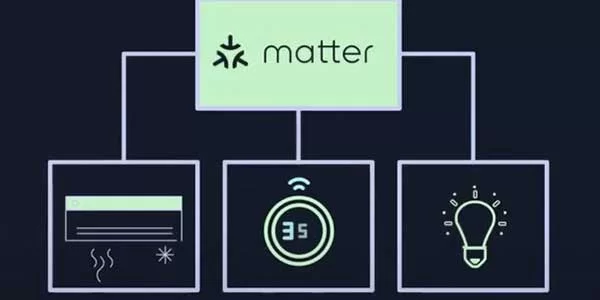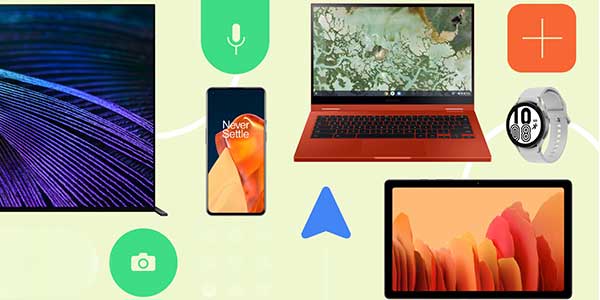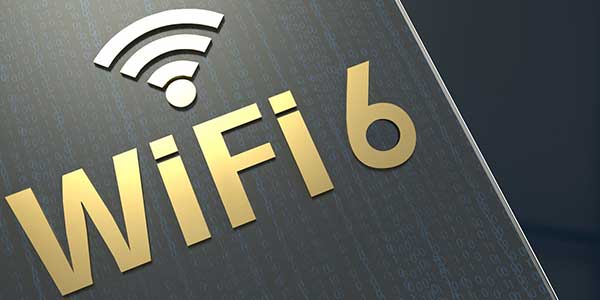Smart home technology has gone from a luxury for the wealthy to a reasonably typical commodity in less than a decade. You can probably afford an Echo Dot or a Lenovo Smart Clock even if you can’t afford high-end Sonos speakers or a wall covered in Nanoleaf panels. However, adoption hasn’t been as high as some software firms had hoped.
There are reasons for this, but by 2022, some of the hurdles will have been removed, and the smart home will have been “fixed.” The smart home business might look quite different by the end of the year, and here’s why.
1. Matter

After cost, compatibility is likely the most significant barrier to constructing a smart house. There are three big systems — Amazon Alexa, Google Assistant, and Apple HomeKit — plus a slew of smaller ones, and accessories are typically unique to one or a few of them. Newcomers may be perplexed by this, and even veterans may squander time looking for items that meet their requirements. Depending on what they’re trying to control, multi-platform houses may push their owners to switch applications or voice assistants.
Matter is a global networking protocol that will allow accessories to function across all major smart home systems by the middle of 2022. Amazon, Apple, Google, and Samsung are among the company’s sponsors, so the day will come when you’ll be able to utilize anything with the Matter logo on it. We’ll see how firms manage implementation, at least in principle.
Matter devices may also connect to form a mesh network, reducing the need for Wi-Fi and the internet. Of course, you’ll still need them and a Matter-ready hub for remote access, but the standard might be a godsend for folks with spotty internet or accessories that fall beyond of router range.
2. Thread

Although this technology is closely related to Matter, it does not always go hand in hand, thus it is worth noting individually. In reality, certain gear, most notably the Apple HomePod mini and numerous Nanoleaf products, already enable Thread independently.
So, what exactly is it? It’s a Zigbee-based wireless standard, but what you really need to know is that each Thread device can operate as its own “boundary router,” allowing Matter to support mesh networks. It’s Matter’s preferred infrastructure because, unlike Bluetooth, it’s devoted to smart home technology and uses far less power than Wi-Fi.
As with Matter, you need a hub and the internet for remote access. Within the home, however, the more Thread accessories you buy, the more reliable they become, and the further their range extends. As a bonus, Thread alleviates the burden on Wi-Fi routers, which can only handle so many simultaneous connections. People with Wi-Fi 5 routers and a host of smart home accessories are probably all too familiar with devices dropping out.
3. Google Fast Pair and Amazon Frustration-Free setup

Pairing accessories is the most inconvenient aspect of setting up a smart home. Each of the main platforms has its own set of standards, the most onerous of which is HomeKit, which requires you to scan or write a code for each device. Accessory makers may make things even more convoluted — Eufy, for example, utilizes sound signals instead of Bluetooth or NFC to link devices with its HomeBase 2 hub.
Fast Pair has been operating since 2017, but Google has plans to broaden its scope to include everything Matter-compatible. Although the procedure will occasionally resemble HomeKit by requiring a QR code, it should still be speedier than what we see on the Google Home app.
Frustration-Free has also been available for a while, ensuring that pairing accessories with Alexa is as simple as possible. If you want to use the Amazon Smart Plug, for example, all you have to do is plug it in and go to the Devices tab in the Alexa app. Because Amazon’s technology is becoming part of the Matter standard, you should expect dead-simple pairing to become the norm rather than a unique selling feature once that protocol goes online.
4. More devices with built-in smart home hubs

Hubs aren’t technically necessary for a smart home, but they should be if you want the greatest outcomes. For remote access, you’ll need something to connect to the internet, and a house full of Wi-Fi-only light bulbs is a prescription for accessory failure. Hubs may also operate automation without internet connectivity, which may not seem significant until your exterior lights are turned off or your bathroom does not pre-heat on a chilly morning.
Thankfully, Amazon has begun incorporating Zigbee hubs in items like the 4th generation Echo and the wifiEero 6 router, allowing you to couple Philips Hue lighting without purchasing a hub individually. Apple’s HomePod and Apple TV ranges come with built-in HomeKit hubs, and you can use an iPad to do the same provided you keep it charged and within your house.
Google has been underperforming in this area, with their Nest Hubs, paradoxically, missing hub connection. However, as a major sponsor of Matter, you can expect the firm to change course, lest it offends consumers and industry partners.
5. Wi-Fi 6 is being adopted more widely

We’ve previously discussed the issue of overcrowded Wi-Fi networks, and the truth is that, as good as routers like the Nest Wi-Fi are, Wi-Fi 5 is limiting for smart homes. In reality, the standard can only manage about 30 devices at a time. If you don’t have many smart home accessories or live alone in an apartment, that could be plenty, but if you share a home with a partner and want smart lighting, locks, cameras, and thermostats on the top of phones, laptops, media streamers, and smart speakers, it might be limiting.